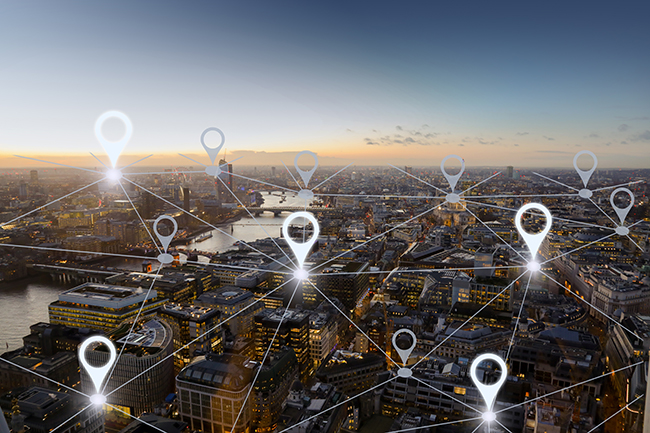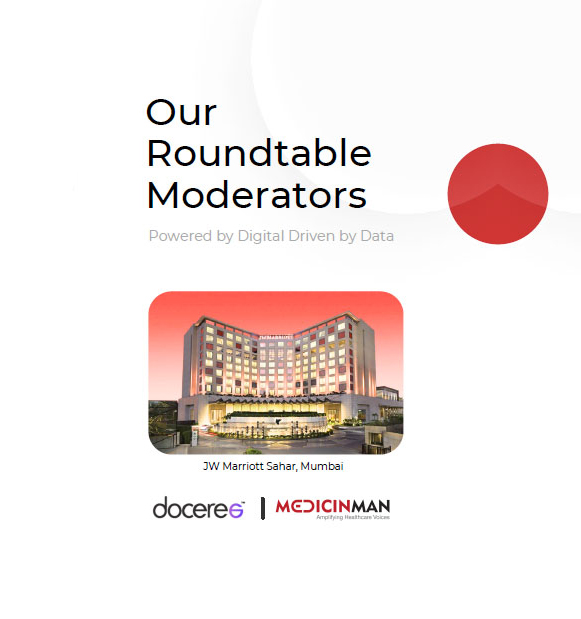Leveraging Geofencing & Shadow messaging Technology for Raising Awareness about NCD (Non-Communicable Diseases) and Real-World Studies (RWE): New Digital Hook for Pharma Marketers
In the dynamic world of pharmaceutical marketing, staying ahead of the curve is essential for success. As technology continues to evolve, so do the opportunities for innovative campaigns. One area where pharma marketers can make a significant impact is in raising awareness about non-communicable diseases (NCDs) and promoting real-world studies and clinical trials.
The Challenge of Public Awareness
Non-communicable diseases, such as cancer, diabetes, and cardiovascular diseases, continue to pose a significant health threat globally. However, a lack of public awareness about these diseases and the importance of clinical studies and real-world evidence generation often hinders progress in the pharmaceutical industry. To bridge this awareness gap, pharma marketers must explore innovative ways to engage and educate the public effectively.
Utilising Geofencing Technology
Geofencing technology allows marketers to target specific geographic areas, enabling precise and relevant messaging to the right audience at the right time. By cross-learning from other industries, pharma marketers can ideate and leverage geofencing and shadow messaging techniques to create awareness campaigns that resonate with their target demographics.
What Is Geofencing?
Geofencing is like drawing a virtual fence around a specific place on a map, like a hospital or a shopping mall. When someone enters that area with their smartphone, they can receive messages or notifications related to that location. It’s a bit like getting a message when you’re near a store with a sale. Watch Simple Explanation Video. Geofencing marketing uses GPS, Wi-Fi, or cellular data to activate messages when a mobile device enters or leaves a geofence. These could be push notifications, in-app, or social media ads.
How to Set Up Geofencing
Setting up geofencing is not as complicated as it might sound: You must have the following data when making a fence: Longitude and latitude/ Unique identifier / Radius / Number of fences
The longitude and latitude define the point of interest, i.e., the clinic, office, etc. The radius refers to the size and shape of the fence. The standard geofence is circular, but you can use polygonal geofences.
- Pick Your Spots: Choose the places where you want to send your messages. For example, if you’re promoting breast cancer awareness, you might pick women’s clinics and hospitals.
- Use the Right Tools: You’ll need a geofencing tool or software. There are many user-friendly options available that don’t require deep technical knowledge.
- Create Your Message: Craft a message that’s informative and engaging. For breast cancer awareness, it could be a simple reminder to get regular screenings.
- Send Your Message: Set your geofence, and when people enter that area, your message will pop up on their phones.
Making It Personal with Shadow Messaging
Shadow messaging means sending tailored messages to people in the geofenced area. These messages can be more personal and specific to the location. For example, if you’re near a clinic, you might get a message about a diabetes study happening there.
(Click : Technical Know-How to Watch Video) You don’t need to be a tech expert to use geofencing and shadow messaging. There are user-friendly tools available that guide you through the process step by step. However, it’s important to understand your target audience and create compelling messages that will resonate with them.
Requirements: To get started with geofencing and shadow messaging, you’ll need:
- Access to a Geofencing Tool: You can find these online or through software providers.
- A Clear Message: Know what you want to say and make it engaging.
- A List of Target Locations: Identify the places where you want to send your messages.
- A Device with an Internet Connection: This is how you’ll set up and manage your geofencing campaigns.
When it comes to healthcare marketing, location is everything. SEO statistics show the growth of ‘near me’ search queries at over 500%. This means customers aren’t traveling long distances for healthcare solutions. Healthcare geofencing helps medical professionals capitalize on these local markets.
That’s not all. Besides marketing to hyper-targeted, high-value prospects, healthcare geofencing improves patient engagement and privacy. It streamlines workflows and enables better data collection. Here are the specific benefits of geofencing in healthcare.
Improved patient engagement and satisfaction: When incorporated with a patient scheduling system, geofencing sends appointment reminders, improving communication between patients and healthcare providers. It can send health tips in an engagement app.Geofencing can also automate patient check-in, reducing administrative workload and wait times. When a person enters the virtual perimeter, they receive a push notification asking a series of questions. For example, is this an emergency? What is the condition you’re seeking treatment for? Have you been treated for this condition before? What is your pain level?
When the patient leaves the geofenced area, the facility can send reminders to schedule follow-up visits or collect feedback about the customer’s experience. One way you can collect data is with a well-timed survey. Send this, for instance, when a patient exits the geofence. The best time to collect feedback is immediately after their interaction with your business. It yields more accurate responses compared to surveys sent a week later.
Case Study 1: Breast Cancer Awareness
Objective: To raise awareness about breast cancer and promote early detection and screening.
Geofencing Strategy: Identify healthcare facilities, women’s clinics, and community centers in high-traffic areas frequented by women. Set up geofences around these locations.
Shadow Messaging: Send informative and empathetic messages to individuals within these geofenced areas. Messages can include statistics on breast cancer prevalence, the importance of regular screenings, and encouraging early detection.
Engagement: Encourage women to share their stories or pledge to get screened, creating a sense of community and support.
Real-world Impact: Measure campaign effectiveness through engagement metrics, such as clicks, shares, and pledges, and track an increase in breast cancer screenings in the targeted areas.
Case Study 2: Real World Study Enrollment
Objective: To enrol participants for a real-world study on a new diabetes medication.
Geofencing Strategy: Identify healthcare facilities and clinics specializing in diabetes care. Create geofences around these locations, as well as nearby public transportation hubs.
Shadow Messaging: Send personalized messages to individuals within these geofenced areas, highlighting the importance of participating in the study, potential benefits, and compensation.
Engagement: Provide a simple and user-friendly enrollment process through the messaging platform, allowing interested individuals to sign up directly.
Real-world Impact: Track the number of study enrollments generated through the campaign, monitor participant retention, and gather valuable real-world data to support drug development.
Healthcare geofencing comes with some data privacy and security risks.Consequently, you must obtain consent from patients to collect and use their geographic location and inform them about how your use and store this data.
You must obtain customer consent to use and store location data. Users should also have the option to opt out. You also can’t send ads after users leave medical facilities, as this would be seen as targeting based on health information
Conclusion
Patients are becoming more engaged in their healthcare. As a result, the healthcare industry is shifting to delivering personalised marketing to attract and retain high-quality prospects. One way healthcare marketers can do this is by geofencing. By targeting customers in clinics and urgent care centres, you maximise marketing efforts by reaching out to people you know are interested in what you’re offering.
Pharma marketers have the unique opportunity to leverage geofencing and shadow messaging technologies to address the lack of awareness in the public about non-communicable diseases and the importance of real-world studies and clinical trials. By borrowing strategies from other industries and tailoring them to the healthcare landscape, these campaigns can create meaningful social awareness and drive tangible results. As the pharmaceutical industry continues to evolve, embracing innovative approaches like these will be crucial in advancing healthcare and improving patient outcomes.
Healthcare geofencing can improve patient satisfaction, clinical workflow, and data analysis. However, you must be careful as location data is protected under data privacy and security laws. Leaving you all mesmerized with a Demo Video. See how smart marketers in developed countries are using geofencing and shadow messaging for smart targeting and lead conversion.






